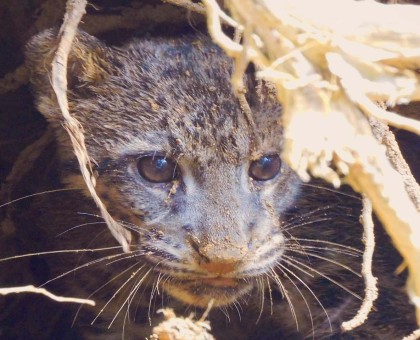22 Jan, 2024
HERE COMES THE BRIDAL VEIL MUSHROOM
BIODIVERSITY
The bridal veil mushroom (Phallus indusiatus) is a type of fungus that grows solitary on fertile soil or in the remains of moist, rotting wood. In some cases, it is also found growing in groups, though in limited numbers. It has a rather short life cycle, beginning with emergence of the stalk, followed by the blooming of its cap, and eventually drooping and disappearing from its original growing place.
Read also: GREEN CRESTED LIZARD: A SKILLED CONCEALER
The Bridal Veil Mushroom is conical in shape and has a white stalk that is covered by a cap on its head. The cap is unique, with a dark brown to blackish top and an intricate woven-looking decoration covering its whole surface, resembling a lace veil, hence the name the bridal veil mushroom.
This mushroom's exudate has a strong and gripping stink, which attracts insects and also gives the mushroom its other name, the stinkhorn. Flying insects indirectly contribute to the spread of spores after they come into contact with the mushroom. There are currently about 181 taxa of Phallus that have been identified by researchers.
Read also: GRACEFUL GREETINGS FROM PACIFIC SWALLOW
Previously reported as an edible mushroom with various benefits, fascinated readers can learn more in the full article by Habtemariam (2019), "The Chemistry, Pharmacology, and Therapeutic Potential of the Edible Mushroom Dictyophora indusiata (Vent ex. Pers.) Fischer (Synn. Phallus indusiatus).” However, we don’t encourage anyone to go out foraging for this forest treasure as Habtemariam warns us, “there is still much debate regarding the safety of consuming this mushroom. Due to continuing issues concerning its safety, it is not recommended to consume it without proper information and empirical experience.”
Text by: Communication Team, BOS Foundation Headquarter, Bogor, West Java





